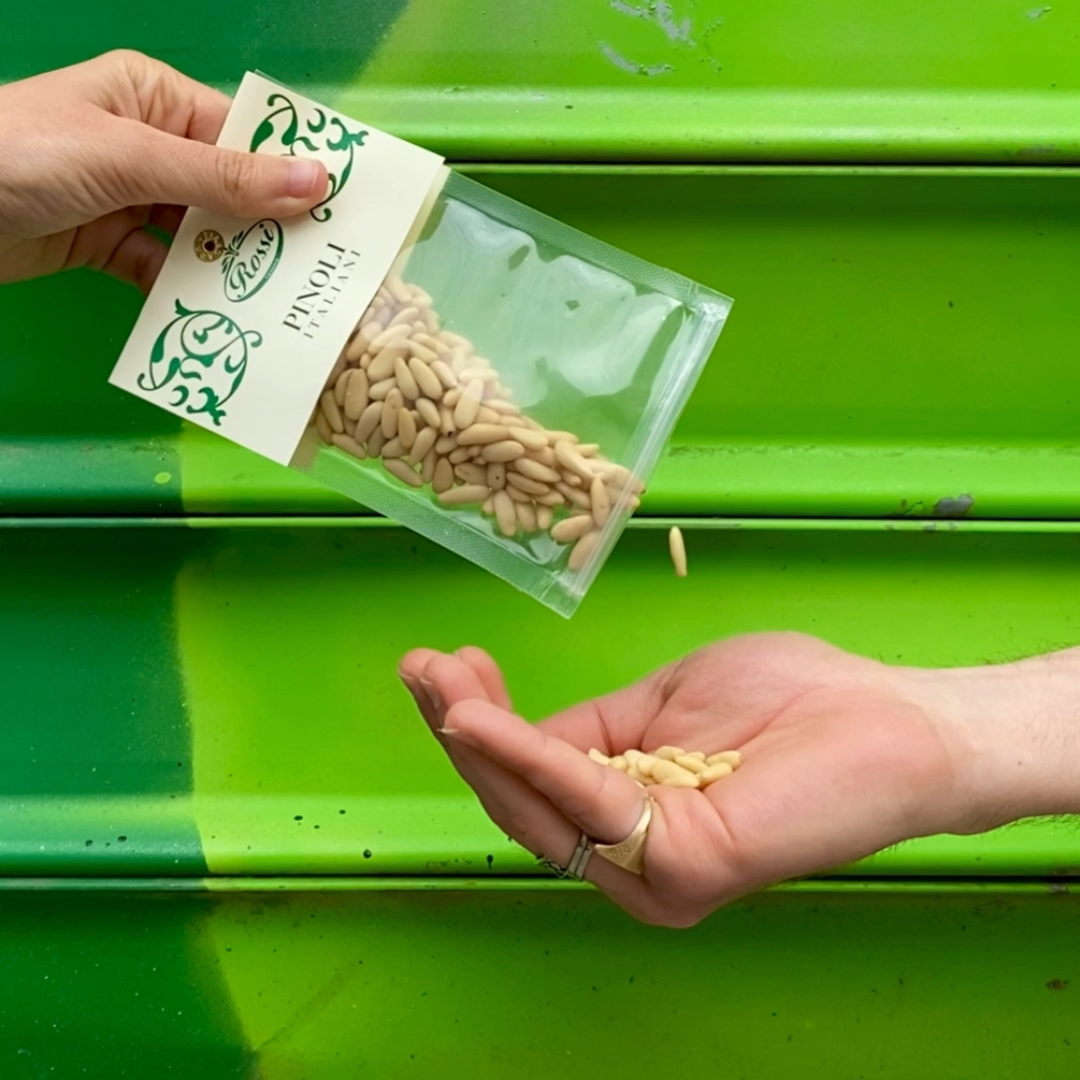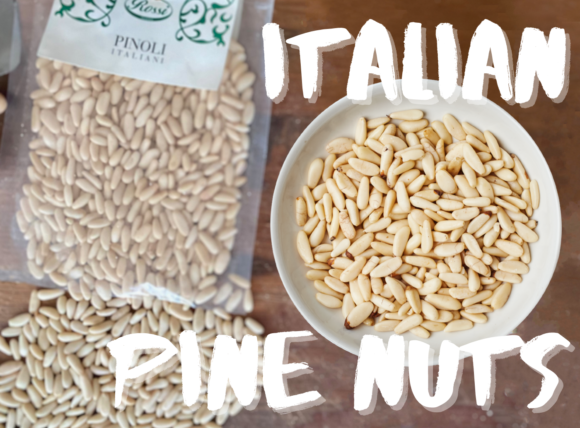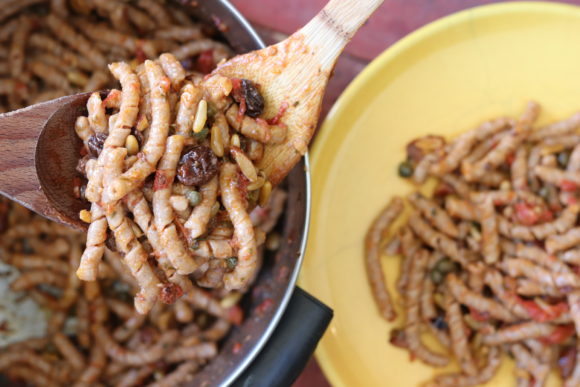Without fail, when the no-cook season rolls around, our friends start asking questions about Pine Nuts. How do I know if they are really from Italy? Why do some taste awfully metallic?
Our kitchens are gearing up for Pesto Genovese, and nobody would want their creation spoiled by an acrid or rancid aftertaste.
Look no further for your pinoli answers: Italian pine nuts have a very distinct appearance. Compared to the widely available Chinese or Siberian ones, they are sleeker and longer. No wonder, since they belong to a different species!
Mediterranean pine nuts come from the trees called Pinus Pinea. Ours grow in the pine tree forests that run down Italy’s west coast along the Tyrrhenian Sea, from Liguria to Calabria. They are sourced by the King of Pesto himself, Roberto Panizza, and they have a pure, sweet, nutty aroma.
Real Italian pine nuts have a remarkably smooth mouthfeel and a satisfying density. Full of resinous flavor and bursting with a fresh pine zing, they prove the adage that good things come in small packages.
Arm yourself with a mortar + pestle, and get ready to seriously up your Pesto game. Roberto shared his secret for the best Pesto Genovese, and yes, pine nuts will make a huge difference!
NOT ONLY PESTO GENOVESE
Real Italian pine nuts shine bright in Sicchie d’a Munnezza aka garbage can pasta. Yes! A provocative name for a creative recipe that is a medley of flavors and textures.
Recipe brought to light by the bravissima Katie Parla for her cookbook Food of the Italian South.


